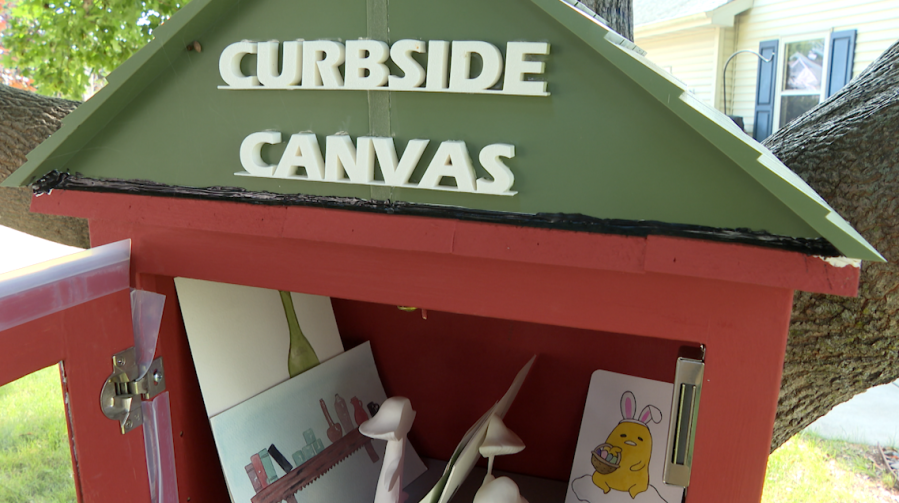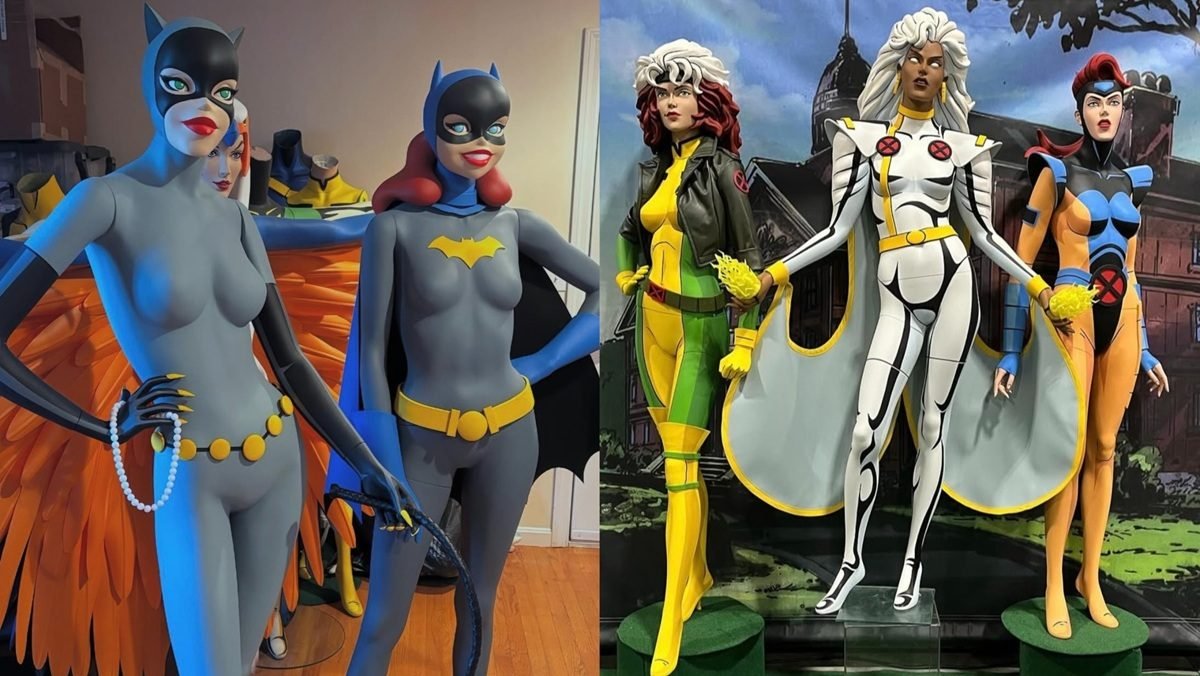Though historical novelist Jeanne Mackin isn’t familiar with the podcast You’re Wrong About, which debunks popular myths in our collective consciousness, that’s very much the ethos of her work. “I start with the lie and try to disprove it,” Mackin, whose previous novels reexamine such historical figures as Marie Antoinette and Coco Chanel, as well as the dawn of American Spiritualism, tells Shondaland.
Her latest book, Picasso’s Lovers, coming out January 23, is a historical fiction examination of the 20th century’s most prominent artist, Pablo Picasso, and the women who surrounded him. Call it timely, given that the Spanish painter and sculptor, now being remembered as “brutally chauvinistic,” has undergone a reassessment in the past year or so, particularly with the Hannah Gadsby-curated exhibition “It’s Pablo-matic” at Brooklyn Museum. Mackin didn’t see it; she didn’t want it to influence her book.
“I was a little worried [that Picasso’s Lovers] may not suit all of the conversations about Picasso at this time, but this is my book, this is my perception of him, and if people don’t agree with it, that’s fine,” says Mackin, who came to a different conclusion about the artist.
“After looking at his work for four years and reading as much about him [in that time], I do think he was a genius and the greatest artist of his time, but I did not find him to be a predator,” Mackin says. “A womanizer and a seducer, yes. But that’s different. He was a human being, and there’s a reason why the women he was involved with invariably loved him, and many of them stayed friends [with him] after the affair had ended.”
Several of these women are offered a chance to tell their own stories in Picasso’s Lovers: Irène Lagut, a contemporary of Picasso who never received the same recognition and was the subject of his painting The Lovers, which inspired the title of Mackin’s book; and Sara Murphy, a socialite and patron of the arts who holidayed with Picasso on the French Riviera in 1923. “That summer, he saw women, playing children, beach scenes. Lovely things, but always that edge. In his paintings of that sun-seared season, the women are running. Are they running to someone or away? I wonder,” Sara ponders. Coalescing their stories is plucky journalist Alana Olson, who has a personal connection to Picasso and is struggling with the social expectations of her own time as she tries to carve out a career in the still-sexist 1950s.
Alana is a fictional creation, and while Sara and Irène are renderings of real people, it’s not hard to see how Mackin’s own experiences as a writer and the spouse of an artist have influenced these characters. Mackin used her gender and relative youth to her advantage while working as a science journalist earlier in her career, playing up perceptions of women in the field as uninformed. That helped her appeal to the largely male scientific community at that time and also entice them to share their findings with her.
But it’s her marriage to Steve Poleskie, the late artist, writer, and founder of Chiron Press, that really informed her writing. She tells me about how she had to wrestle away time for her work from the older Poleskie, who had a more traditional upbringing “where the wife stayed home and cooked three meals a day.” Compared to Mackin’s second wave feminist ideals “being married to an artist isn’t an easy life because they can be very obsessive and deeply competitive people,” Mackin says.
“That’s partly what fascinated me about Sara and [her husband] Gerald in that there wasn’t that stress in their marriage, but then she had no ambition except taking care of her family,” Mackin continues about their seemingly idyllic relationship. There are, however, some fissures that readers will find for themselves as Sara actively tries to avoid, as Mackin writes, “being seen, being drawn, by Picasso” — and being drawn in to him. “I did not want to change, to be forced into becoming a different kind of woman, the kind of woman who would love a man like Picasso,” Sara thinks. Though, in her own way, Sara has already been subsumed by her marriage, with her and Gerald collectively known as “the Murphy, as if Gerald and I were one.”
Picasso’s Lovers exists in conversation with many reimaginings of the women who’ve been forgotten by history in favor of their male counterparts by shifting the gaze from artist to muse, who then becomes an artist in her own right. “Sometimes in our culture, we think of models and muses as being passive, silent people, and that’s not who they are,” Mackin says. “I wanted to show that the women who inspired Picasso and most artists, in fact, were very fully lived, vibrant women who were part of the art scene itself. They usually ended up modeling for money or as a favor to the artist. The fact that they then become objects is part of what makes art art. … But that doesn’t mean that the woman stays there, [suspended] as an object. She goes on, and her life continues, and what’s left behind is the object.”
In Picasso’s Lovers, Mackin shows us what those lives off the canvas might look like.
Scarlett Harris is a culture critic and author of A Diva Was a Female Version of a Wrestler: An Abbreviated Herstory of World Wrestling Entertainment. You can follow her on Twitter @ScarlettEHarris.
Get Shondaland directly in your inbox: SUBSCRIBE TODAY








